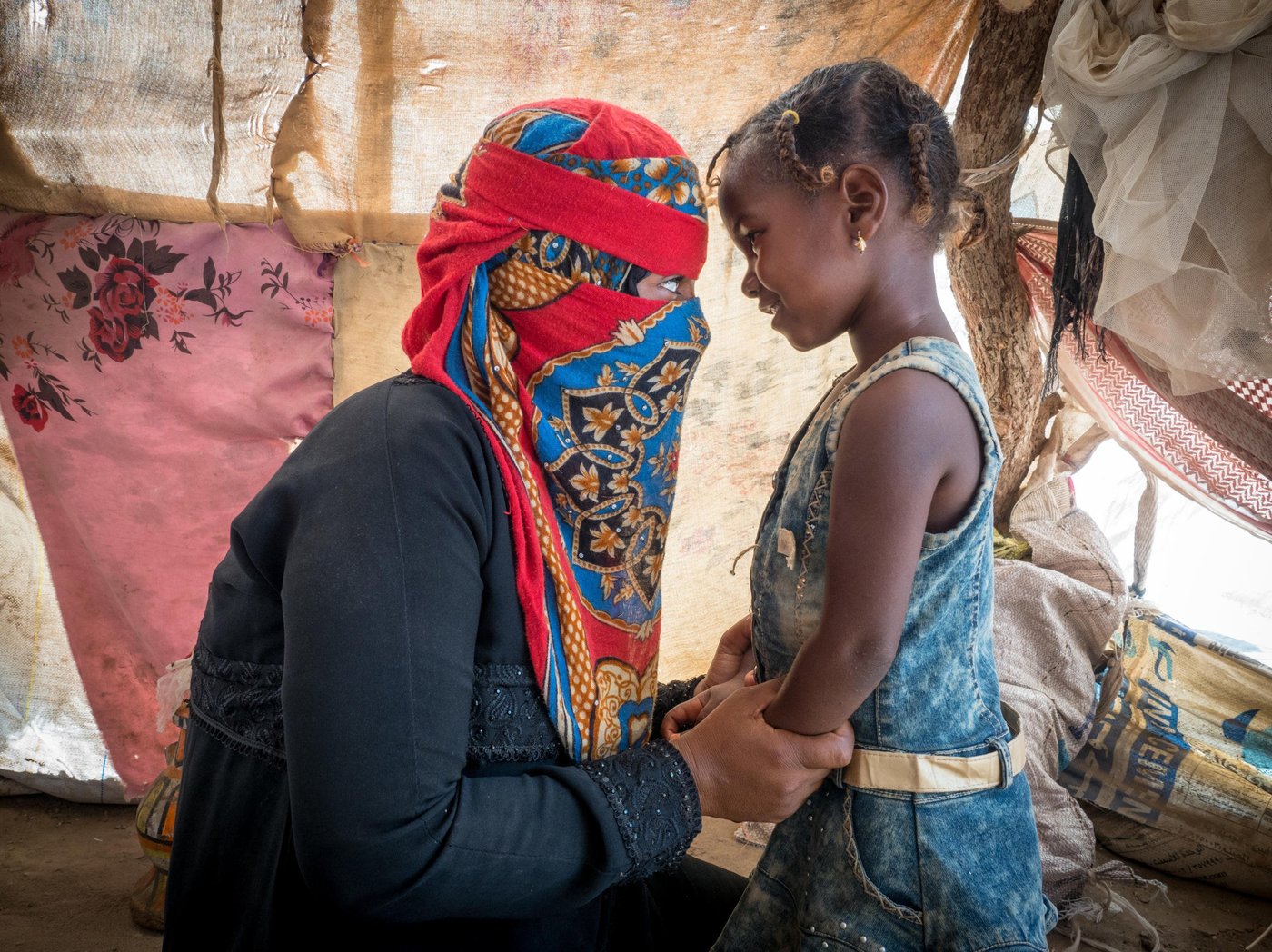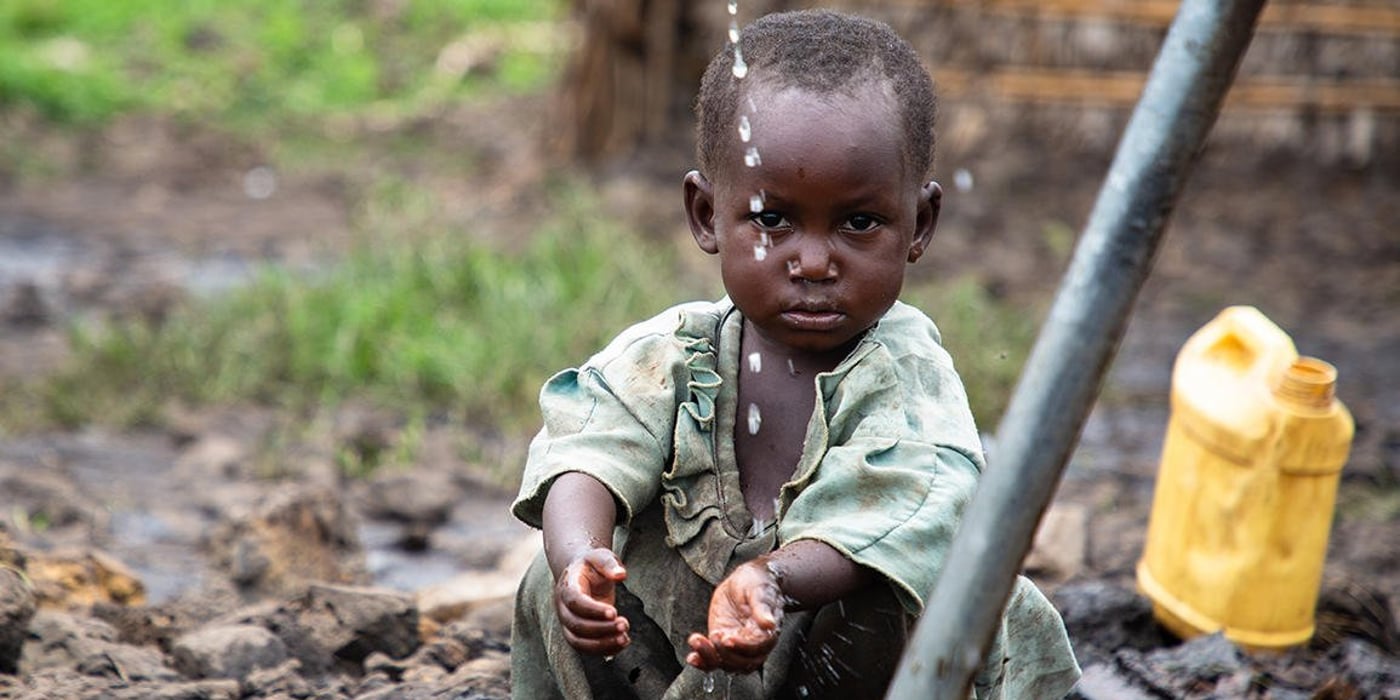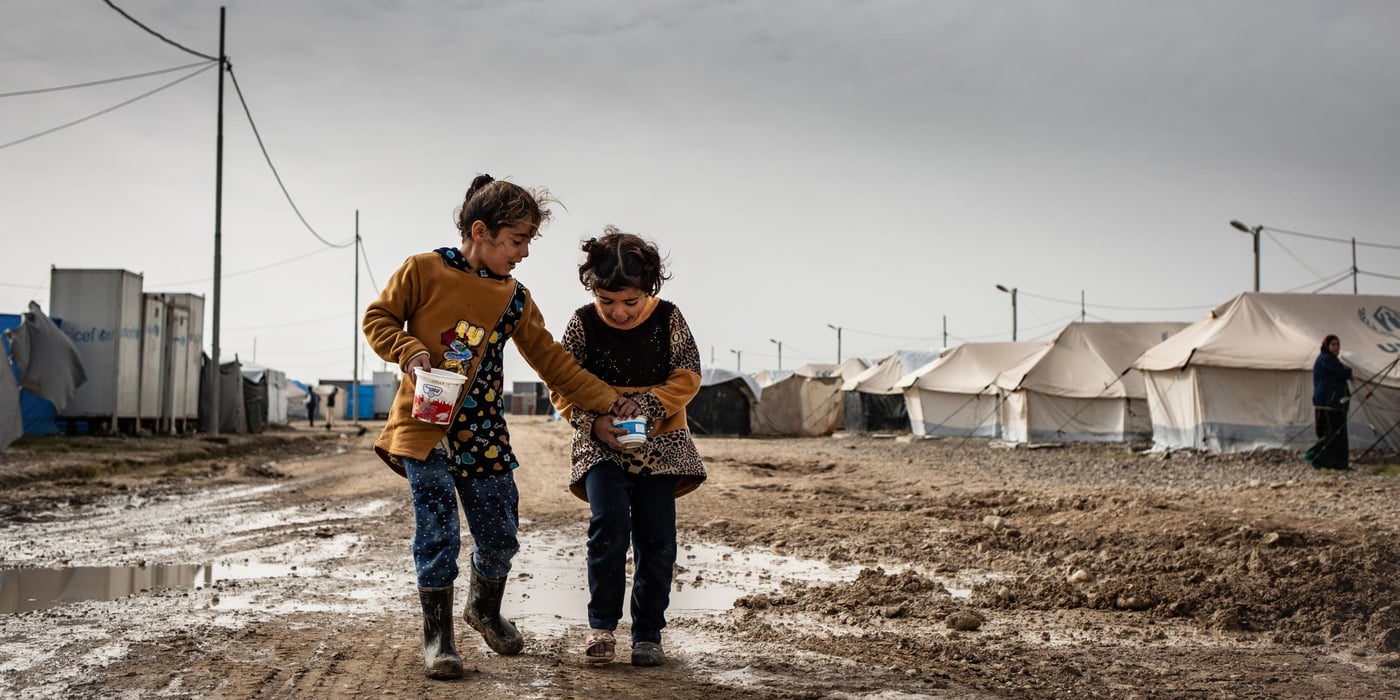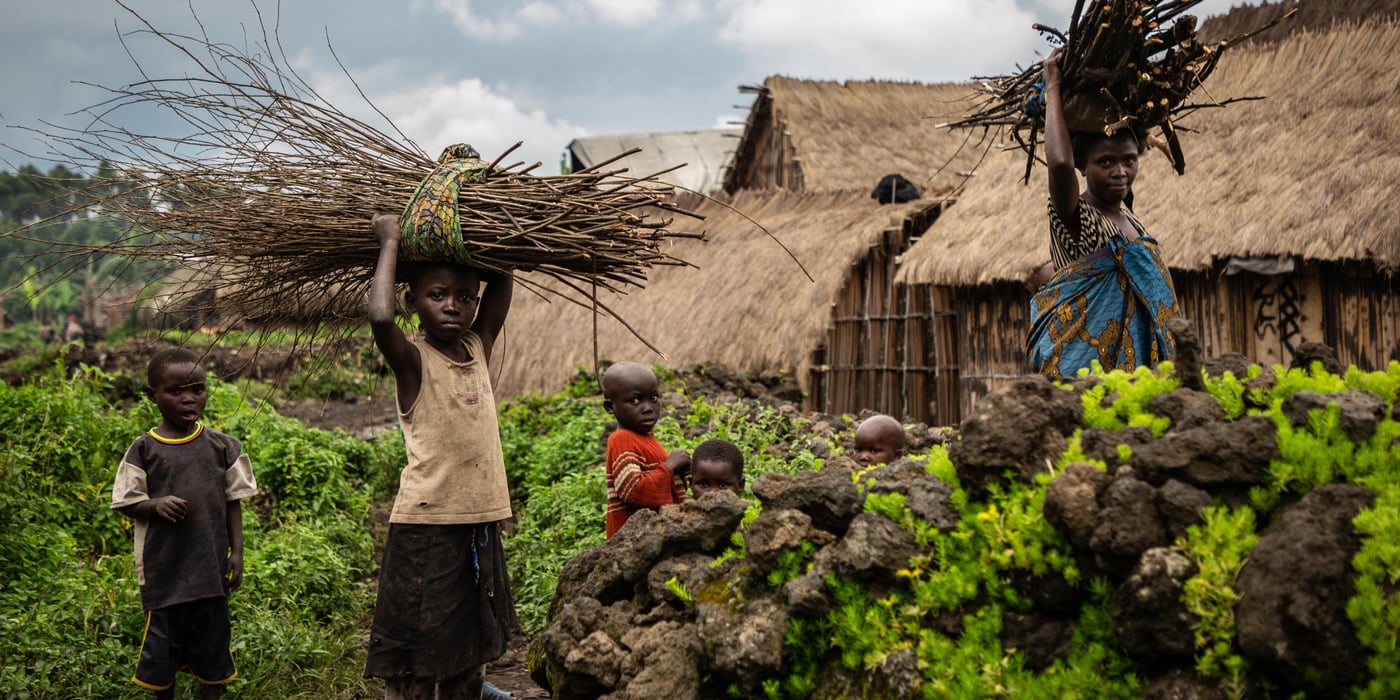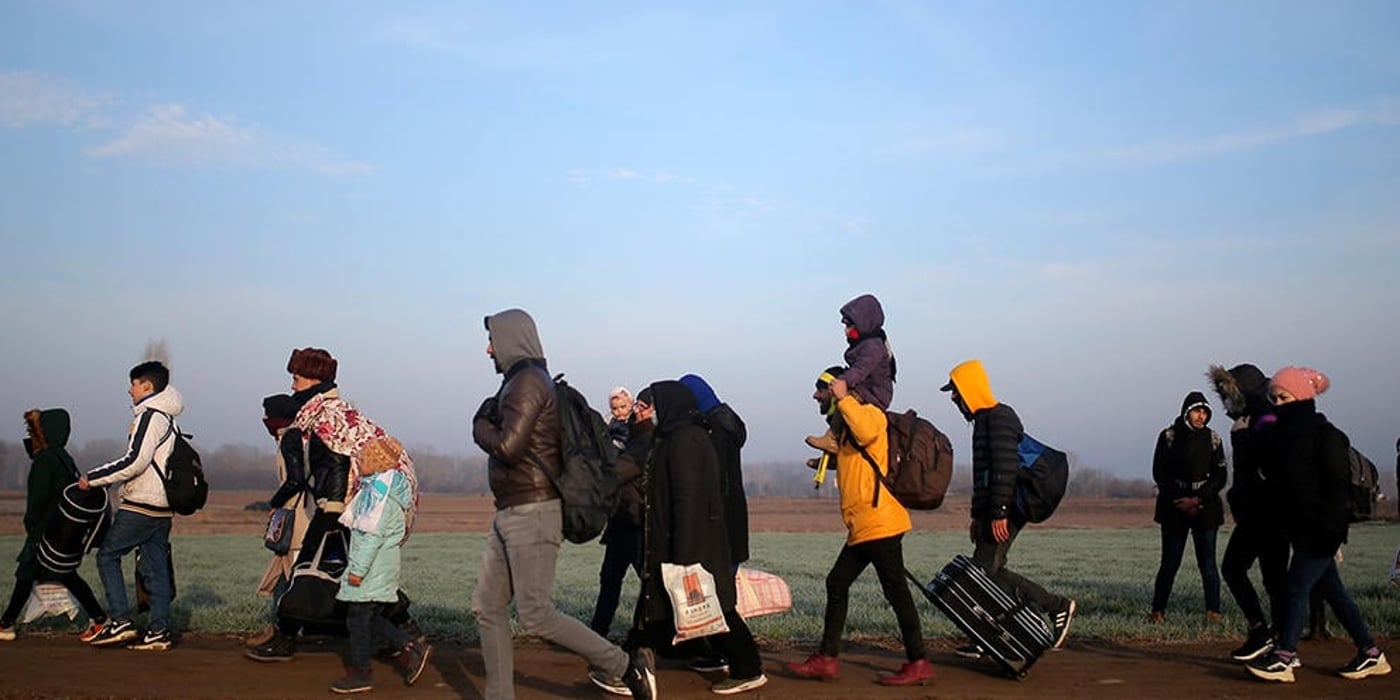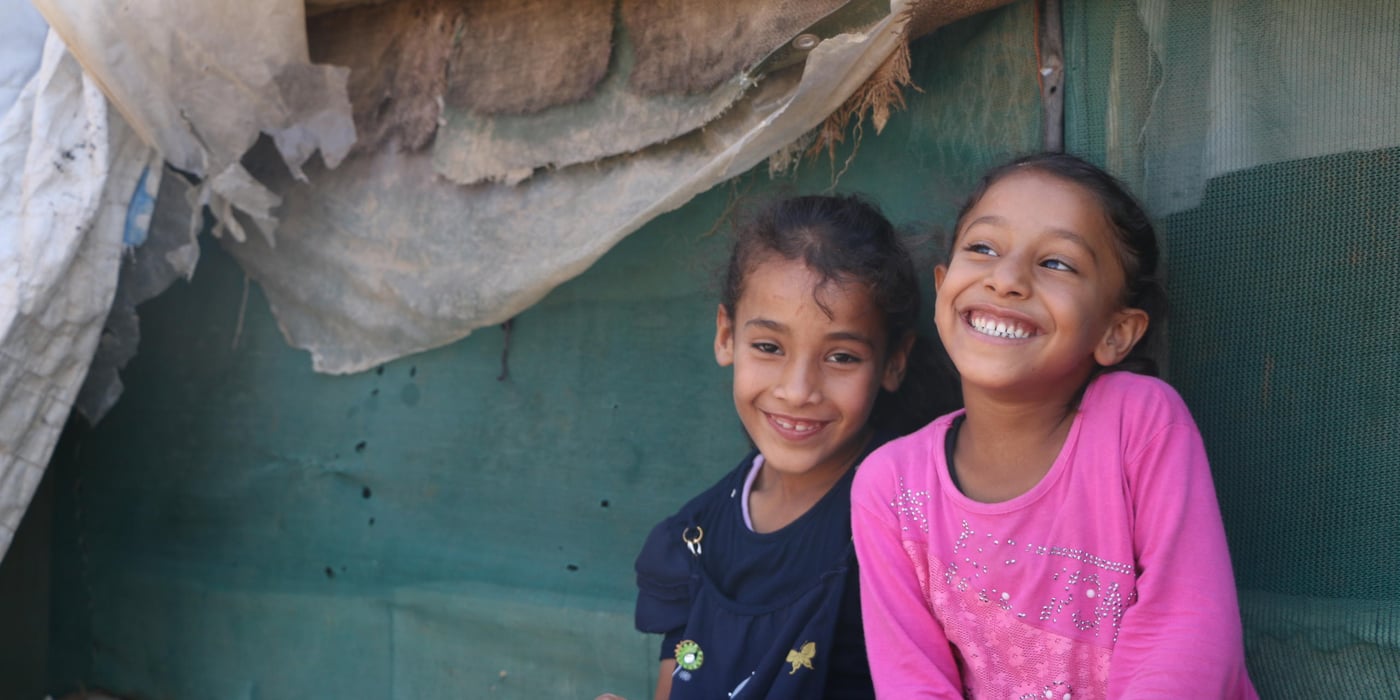But is there anything we can do, as individuals, to help?
The short answer is YES! Luckily there are things that all of us can do to help. It’s also absolutely necessary that we choose to do so, if we are ever going to see an end to this crisis.
Every person deserves a dignified life, and every person matters. Even if the statistics seem overwhelming, helping people is always worthwhile. Even if you just manage to help one person, it makes the whole world of difference to that person.
So, what’s the problem?
The problem is not the displaced people themselves, it’s the situation that they find themselves in. The vast majority are just people like you and me, who have been forced to leave everything behind and flee to safety because they have no other choice.
The horrific challenges that many displaced people face are unimaginable to most of us. Yet they manage to keep going and keep searching for the light at the end of a very dark tunnel.
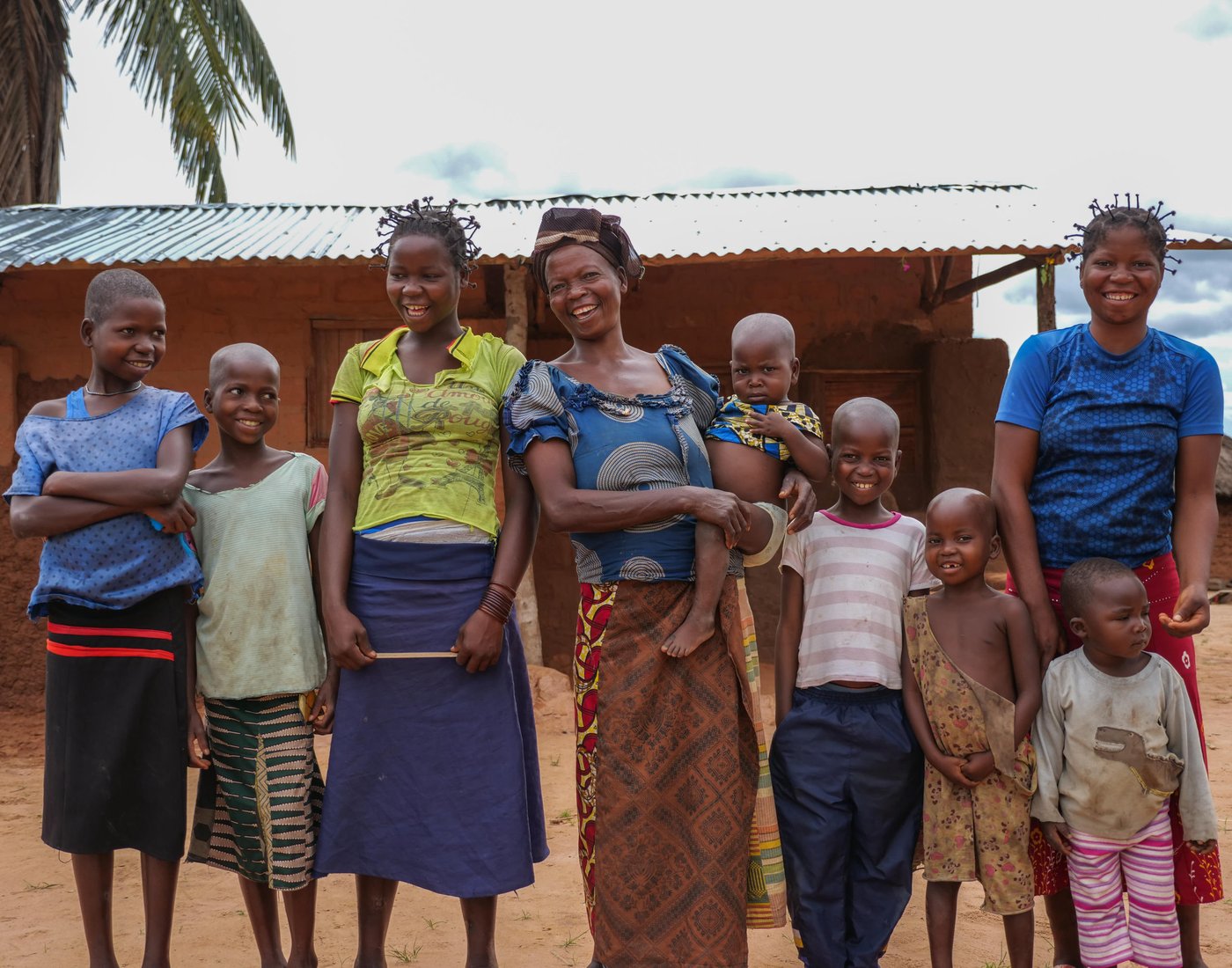
Those of us lucky enough to have been born in a safe corner of the world should act in solidarity with those who are not so lucky. Instead of viewing refugees as our enemies, we really should be inspired by them, and strive to make the world a better place for everyone, little by little.
Here are three things you can do to help people who have been forced to flee:
1. Use your vote!
Elect political parties that have humane refugee policies.
To end the refugee crisis, we need society as a whole to step up and take an active role in solving the problem. One of the best tools we have for achieving this is voting in alignment with these values at election time.
There are many things that governments can do to support the refugee cause. They can take their share of responsibility for protecting refugees and make sure they’re not sent back to dangerous situations. Wealthy countries can also increase their support for people living in conflict zones, helping them to rebuild their own societies.
By using your vote, you can push your own government in this direction. This sends a message to other countries: “Look, in our country we care about human beings across the globe. It’s time for you to acknowledge your responsibilities too.”
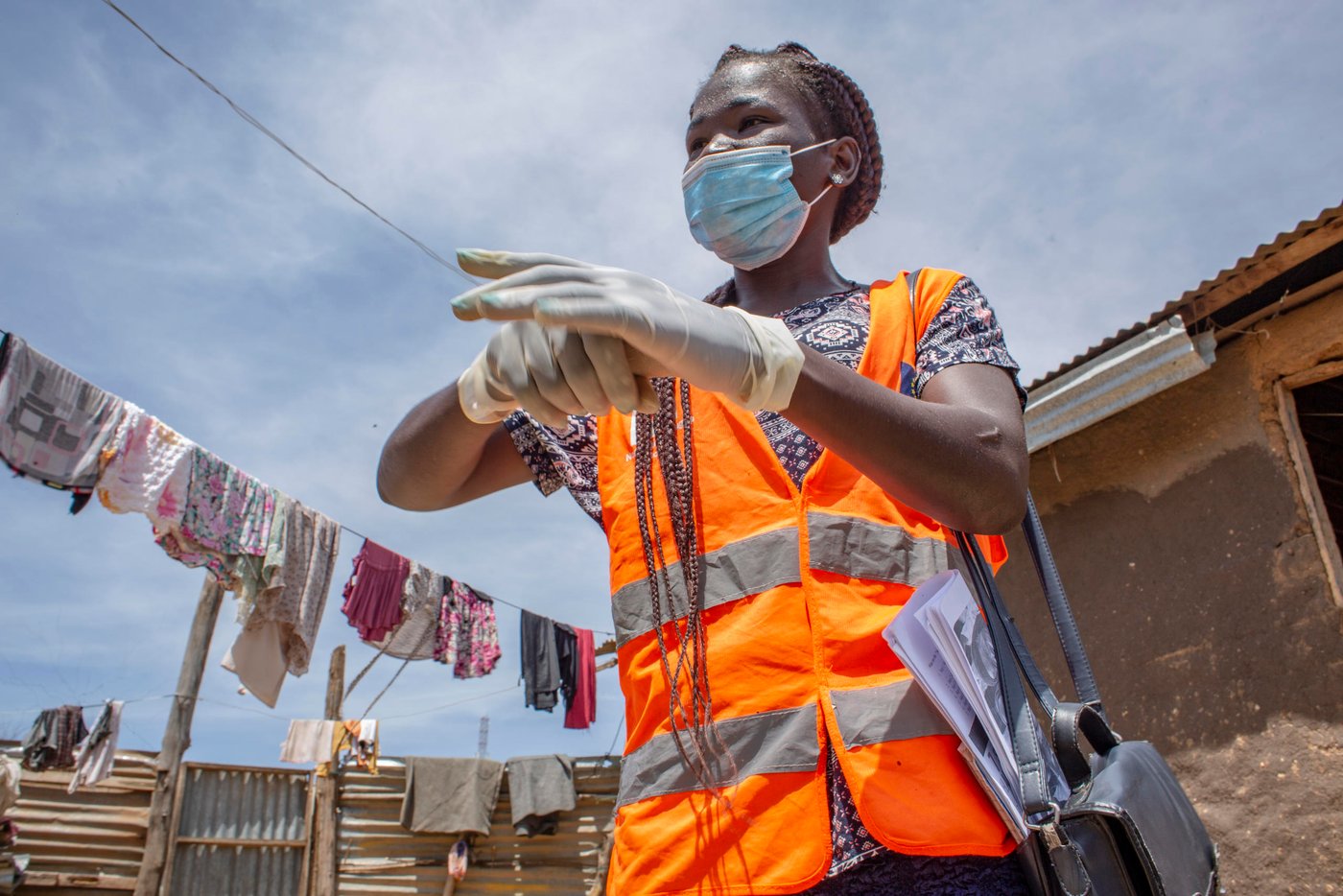
2. Donate to a humanitarian organisation
Contribute to real and lasting change for millions of people forced to flee their homes.
Many humanitarian organisations around the world are working around the clock to protect and support displaced people.
Here at the Norwegian Refugee Council (NRC), we have 75 years of valuable experience helping displaced people. Like other humanitarian organisations, we live by the principles of humanity, neutrality, impartiality and independence. This means we work to support those who need it the most, no matter who they are or where they come from.
In 2020 we assisted almost 12 million people in need. When taking action, we try to focus on lasting solutions as well as emergency aid. For example, we provide education, help people to earn a living, and offer legal assistance to those in need. If we are going to continue to help displaced people, we need your support.
NRC works to support refugees and displaced people in over 30 countries around the world. Support our work today

3. Spread the word
By sharing information about the refugee cause, you can challenge “fake news” and do your part to encourage more understanding and collaboration.
The internet is full of misinformation. Refugees are often presented as economic opportunists, or even as potential terrorists who seek to destabilise and destroy Western societies. These claims are untrue, and worse still, they’re dehumanising.
Refugees are people like everyone else, and they certainly do not deserve to be perceived as “the enemy”. There is no “us” and “them”, just us.
None of us wants to live in a society characterised by unfairness and blatant lies, and so we should do our best to speak up when we encounter “fake news” of this kind. Did you learn something from one of our articles, for example? Then share it or tell a friend about it! Raising awareness about a problem is the very first step towards solving it.
***
It’s easy to feel hopeless when we read and hear stories about the awful situations that displaced people face. However, it’s important to remember that no situation is hopeless until everyone loses hope. And why should we lose hope when there is so much we can do, and when displaced people themselves keep on hoping and striving for a better life?
Every great change in the world starts with small steps. Take your first step today.


